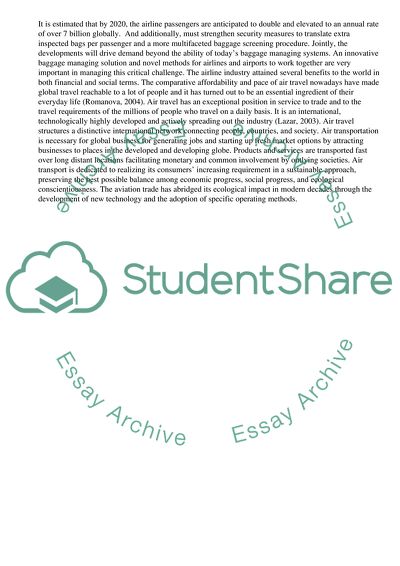Cite this document
(Air Transport: Today's Baggage Managing Systems Term Paper, n.d.)
Air Transport: Today's Baggage Managing Systems Term Paper. Retrieved from https://studentshare.org/management/1728764-air-transport
Air Transport: Today's Baggage Managing Systems Term Paper. Retrieved from https://studentshare.org/management/1728764-air-transport
(Air Transport: Today'S Baggage Managing Systems Term Paper)
Air Transport: Today'S Baggage Managing Systems Term Paper. https://studentshare.org/management/1728764-air-transport.
Air Transport: Today'S Baggage Managing Systems Term Paper. https://studentshare.org/management/1728764-air-transport.
“Air Transport: Today'S Baggage Managing Systems Term Paper”, n.d. https://studentshare.org/management/1728764-air-transport.


